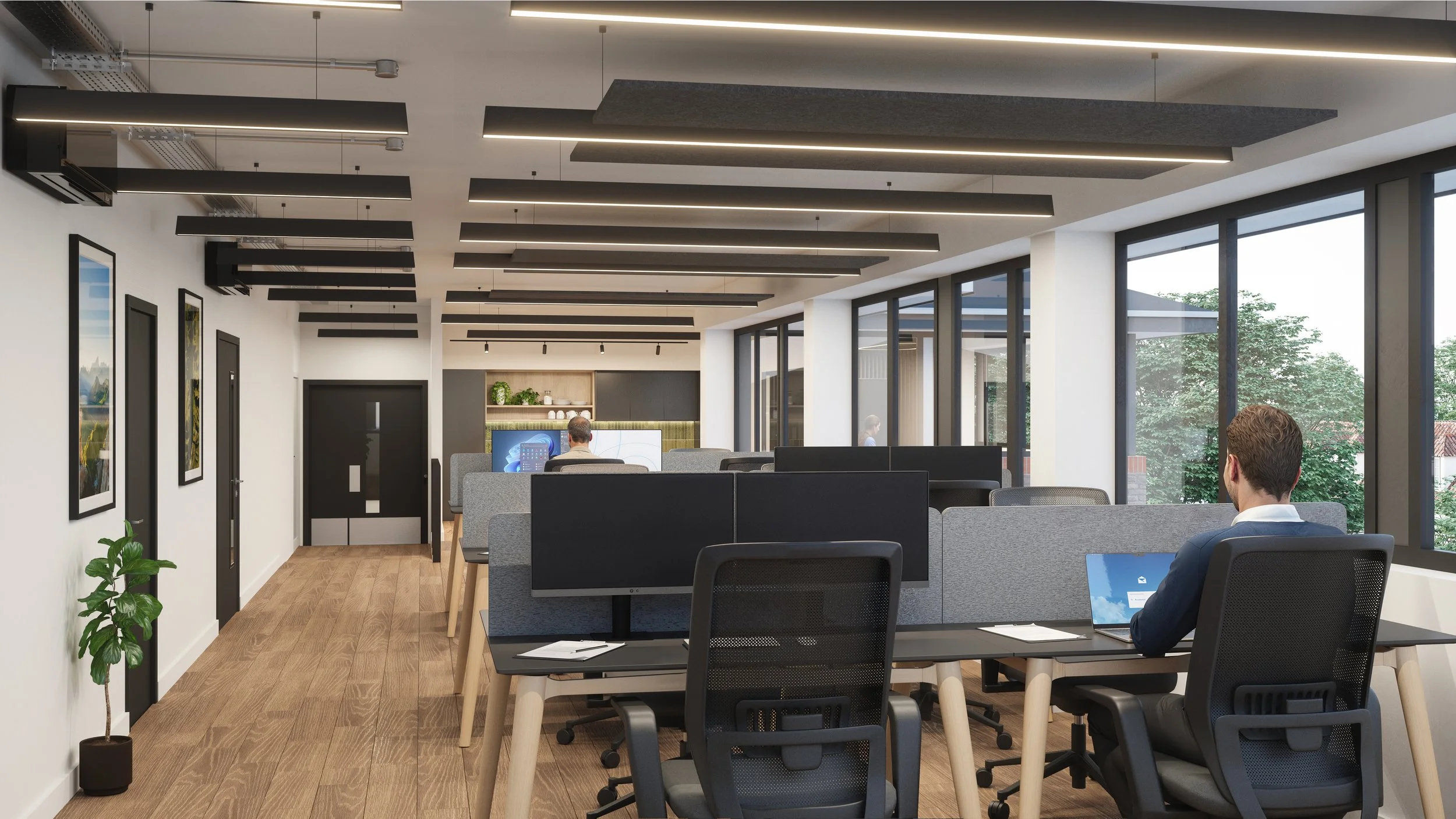[[bpstrwcotob]]

Professional Profile: Andrea Ingersoll Totte
Andrea Ingersoll Totte has joined HERA Inc. as a lab planner, bringing a passion for creating adaptable, human-centric, and technology-integrated laboratory environments that foster collaboration, innovation, and sustainability

Choosing the Right Vendors for Your Lab Build or Renovation
Successfully selecting vendors for a lab build or renovation requires careful coordination, strategic partnerships, and thoughtful evaluation to ensure long-term efficiency, safety, and innovation

Choosing the Ideal Lab Design Partner for Long-Term Success
This guide outlines best practices for selecting the right architecture and design partner for any lab project—whether new construction or renovation—offering lasting insights on collaboration, communication, and long-term planning to help organizations build laboratories that are functional, flexible, and future-ready

Twenty Years After Katrina: What Laboratory Designers Can Learn About Resilience
Two decades after Hurricane Katrina exposed the vulnerabilities of critical scientific infrastructure, laboratory designers and builders are embracing a holistic, performance-based approach—leveraging digital tools, modular construction, and community-integrated planning—to ensure labs not only survive disasters but sustain research, protect communities, and accelerate recovery

Building Research Infrastructure Into a Live-Work-Learn District
USF’s Fletcher District will redevelop the former campus golf course into a 138-acre mixed-use community, with an academic research building anchoring a first phase that integrates laboratories with housing, retail, hospitality, and green space

Professional Profile: Hadiza Djibring
Lab Design News spoke to Hadiza Djibring, lab planner with HDR in New York, about the latest trends in design-build, her favorite piece of architecture, and helpful advice for new lab planners

Developing Flexible and Affordable Lab Space for Small Businesses
Designing labs for start-ups requires creating open, flexible, and people-centered spaces—integrating public-facing design, shared amenities, and adaptable infrastructure to support both current collaboration and future shifts in AI, robotics, and global operations

Professional Profile: Cody Ferguson
Lab Design News spoke to Cody Ferguson, laboratory planner with HERA Laboratory Planners, about the importance of active listening, his expansive home library, and how crucial the use of color is in a lab space

Planning Ahead to Reduce Redesign Risk
Though still under construction, Leiden Center II offers key lessons for urban lab projects—most notably the importance of early planning for flood resilience, aligning sustainability goals from the outset, and fostering strong collaboration among stakeholders to navigate complex design and construction challenges

Webinar Preview: How to Build a Vivarium—From Vision to Operation
Don’t miss this free webinar from Lab Design, where expert architects will share essential strategies for planning and designing vivaria that meet research needs, ensure compliance, and support animal welfare
